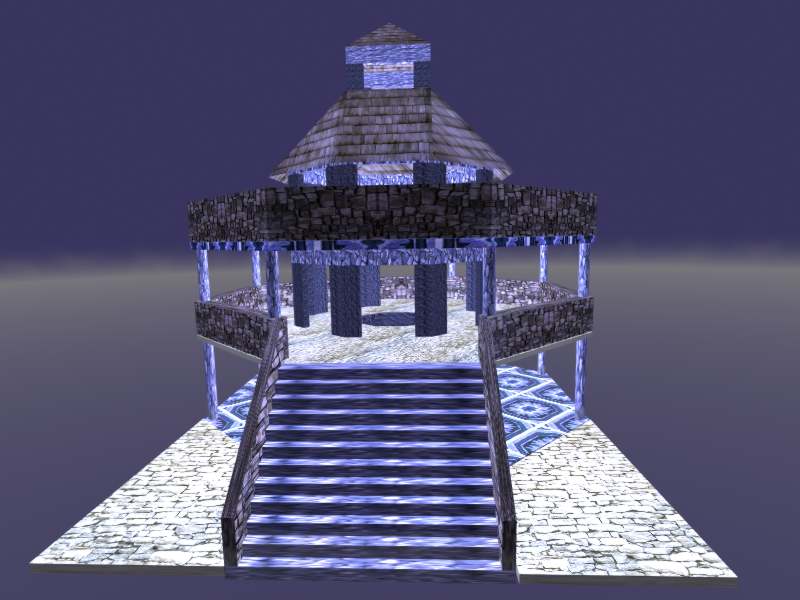
A
Constructivist Pedagogy

Constructivism as a theory of knowing can be summarized in the
following principles:
·
Knowledge consists of past
constructions-- the world is known through a framework that transforms,
organizes, and interprets one's perceptions
·
Constructions develop through the
processes of assimilation and accommodation, by which old concepts are adapted and
altered to fit a logical framework
·
Learning is more an organic process of
invention than a process of accumulation—learning involves different frameworks
of understanding which one produces in structural leaps in cognition made
throughout development
·
Meaningful learning occurs through
reflection and resolution of cognitive conflict, and this process brings
coherence to earlier fragmented and incomplete understanding.
Most of the new national science programs are now being
influenced to various degrees by an emerging understanding of the way children
learn science. The view now is that success in learning requires the student's
engagement and effort. It also requires his or her attention to central ideas,
the "conceptual themes" of science. Learning is seen to be a complex
phenomenon involving various learning styles.
Instead of being passive recipients of data from the outside, the
child's memory and meaning are constructions, concepts that are influenced by
prior knowledge and other factors. The child using beliefs, concepts, and
frameworks, which were created earlier, processes incoming stimuli. As the
child solves problems, interacts with others, and adapts to circumstances in
life, concepts-- models of the world and how it works-- are added and developed.
A child's prior knowledge about a natural phenomenon influences
his or her science learning as Michael Watts (1991) puts it,
"We come to understand things in terms of what we already
understand; if we cannot lock new ideas into the ideas we have already
generated, then new experiences become somewhat meaningless" .
In learning science, prior knowledge has been demonstrated to be
powerfully facilitative or, the opposite, obstructive. The science education
literature is full of studies of children's naive science, their alternative
conceptions (not misconceptions, because no conception can be proven to
replicate physical reality). From this work we can say that some of a child's
prior conceptions are common among children of particular developmental levels,
while others are idiosyncratic. Naive conceptions often are robust and
resistant to change through construction, others are amenable to change.
For the child, as well as for us all, coming to understand
something is a creative act. Active participation is a must. The various
conceptual worlds represent, or model the physical world (the ‘real’ world and
are always interpretations of some text, a written text or a text of nature.
The constructions we make help us interpret experience. Our models, like those
of scientists, change in response to everyday 'reality testing' and may be
replaced by those that work better.
Not all concepts function at the same level. Our conceptual
worlds are organized in an hierarchy: some concepts overarch others, some ideas
provide a framework for others. Particular ideas are key to understanding
others. For example, Newton's concept of force is critical to understanding his
mechanics. As the child constructs his or her conceptual world, initial
understandings often may be fragmentary and incoherent. Conceptual coherence
can develop in big jumps, as insight. A conceptual world can become completely
reorganized after a particular insight or upon the resolution of a conflict.
The key processes that lead to concept development are reflection and problem
solving. Cognitive change includes aspects of restructuring, invention, and
directionality. The child may appropriate the adult meaning.